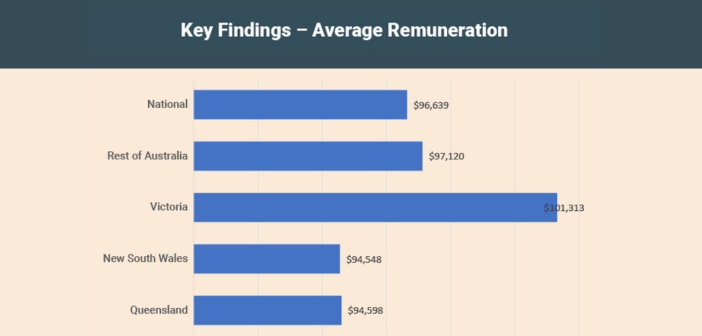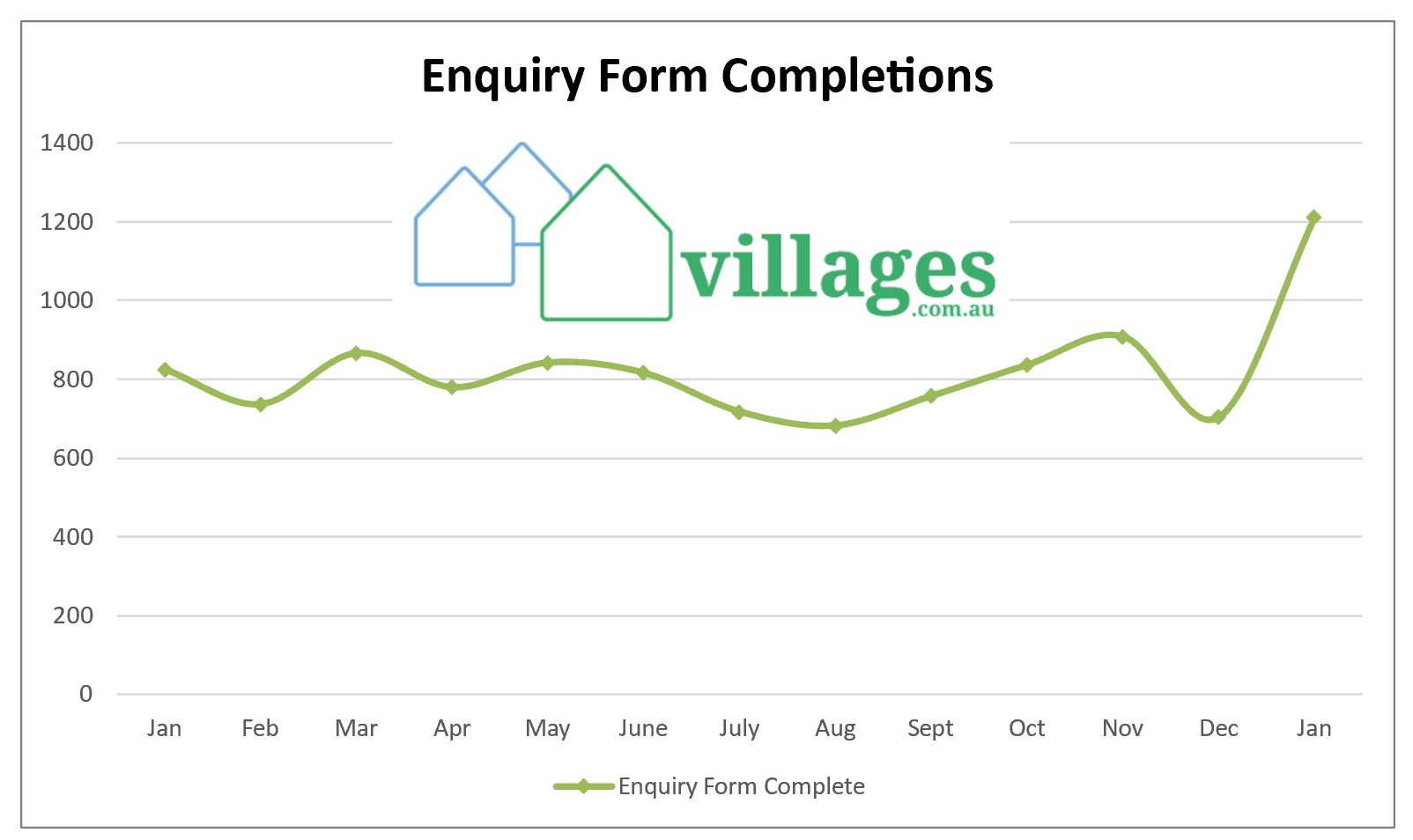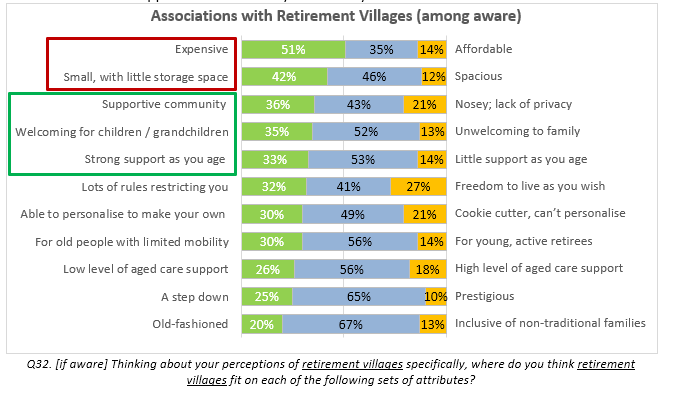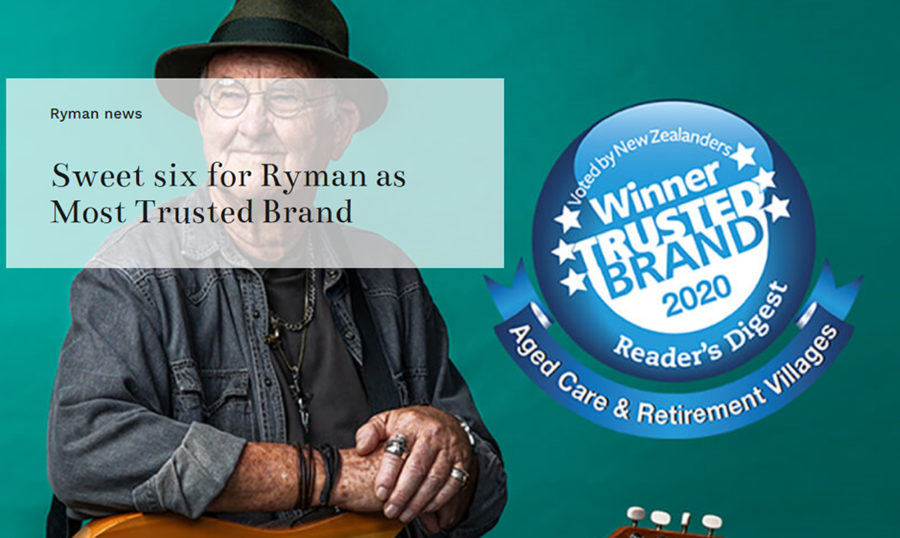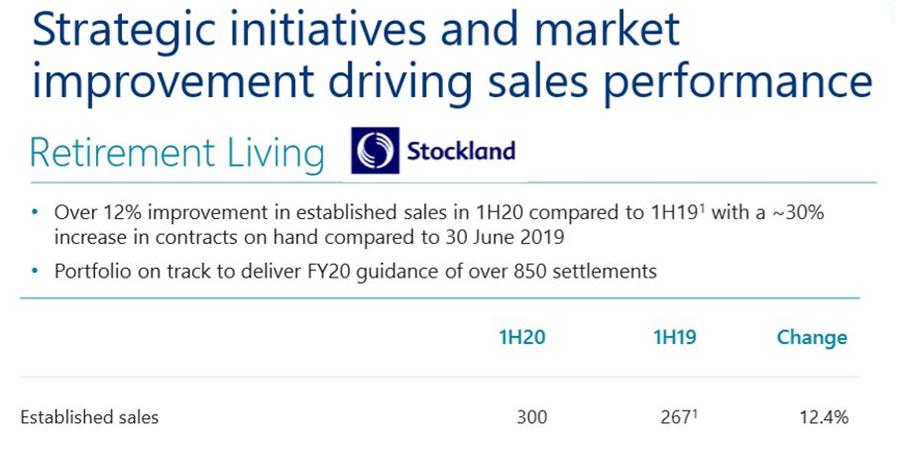Independent research by the DCM Institute has found that the size of a retirement village does increase the likelihood of …
While the importance of exercise as we age has been well documented and discussed. Over the past few years, we …
DCM established villages.com.au in 2006 and it has grown steadily through GFCs, negative media coverage and now a changing consumer, …
As reported in our sister publication SATURDAY, last weekend, the pandemic and isolation has seen a buoyant sales market for many operators …
Our sister company DCM Research has just completed the DCM Prospect Profile survey of 2,207 people aged 60+, and we’ve …
Our sister company DCM Research has been undertaking a project to understand the attitudes and motivations for people moving into …
Collectively, I believe as a sector we need to use this unique opportunity that has been presented to us by …
The Code of Conduct is an important step in professionalising the retirement living sector. It provides a road map for …
It is the sixth time that Ryman, New Zealand’s largest retirement village operator, has taken the top award in the …
From now until nearly the end of the year Resident Committees play a significant role in the formation of operating …
We at the DCM Institute are committed to continue to provide industry specific tools, resources and support throughout the COVID-19 …
Reports from the field by the likes of Stockland are telling us that retirement village enquiry, reservations and settlements are …

